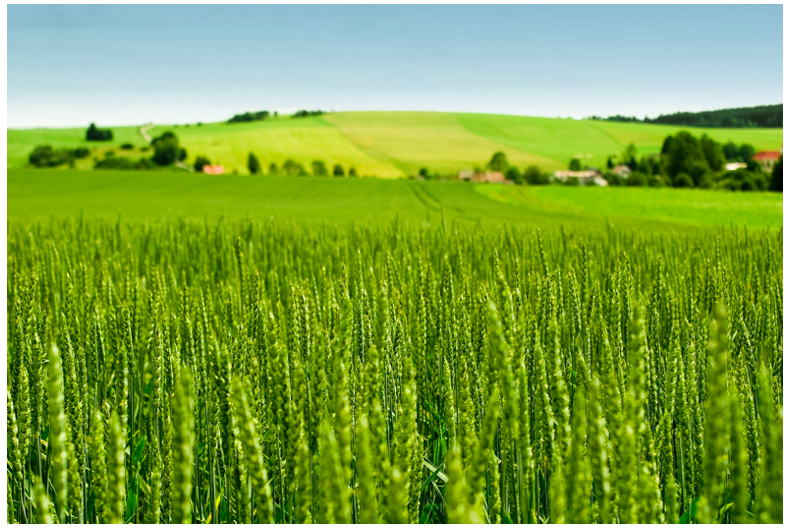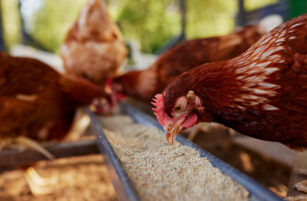Insight Focus
- Ukrainian corn plantings are down following Russia’s invasion.
- The FAO thinks between 20-30% of the country’s area will be left unplanted or unharvested.
- Any planted corn should suffer poor yields with field access limited.
Nixal’s Forecast
We’ve increased our price forecast for 2021/22 (Sep/Oct) Chicago Corn to a range of 5.5 to 6 USD/bu, up from 5.3 to 5.8 before. Ukrainian corn plantings have been hit following Russia’s invasion and fertiliser application is down globally. The average price since the start of the new crop is running at 5.96 USD/bu.
Nixal’s Market Commentary
Last week saw profit taking for grains in all geographies. This was fueled by peace talks in Ukraine and worries that Chinese soybean demand could fall with new lockdowns.
Still, the high price environment should remain. Ukrainian grains aren’t being shipped and some Eastern European countries have restricted exports.
Bulgaria, the EU’s third-largest wheat supplier, has banned grains exports following similar measures imposed by Hungary and Serbia.
Last week, the EU discussed the possibility of importing genetically modified grains from the US and South America. Spain has already taken Brazilian and Argentinian corn and the US line up shows 35k tonnes heading to Spain.
No other countries have taken this step yet, but Spain is the largest corn importer in the EU, with most coming from Ukraine in more ordinary circumstances.

Ukrainian corn plantings have been hit by Russia’s invasion. The FAO thinks between 20% to 30% of its crop to remain unharvested/not planted. Even if all its area is planted, yields will suffer as year-round field access is critical for input application and soil preparation.
Finally, there’s a global risk to yields with fertiliser supply down. Last week, Yara confirmed that it has reduced fertilizer production at two of its plants on the back of high natural gas costs. It also revealed that its ammonia and urea production has been running at 45% capacity since the 11th March.
It isn’t all negative, though. Coceral increased its EU corn production forecast to 67.2m tonnes, up 900k tonnes from before. Brazil’s soybean harvest in also 63% complete, up 14% year on year. And it’s second corn crop is 87.4% planted, up 15.9% year-on-year.
Elsewhere, in Argentina, corn is 6.9% harvested, up 1% year-on-year, but down 3% from the five-year average.

As for wheat, Coceral increased its EU production forecast to 126.8m tonnes, down 2.2% year-on-year.French wheat ranked 92% good to excellent, up 5% year on year. And the USDA has reported poor growing conditions for winter wheat, supporting prices.
Good rains are forecasted for Brazil this week, which will help alleviate the deficits seen since October. High prices should persist, though.
Other Insights That May Be of Interest…
Ukraine & Grains: Who is Most at Risk?
Russia & Ukraine Grains Likely to Be Disrupted into H2’22
Ukrainian Grains Production Faces Severe Delays
Explainers That May Be of Interest…














